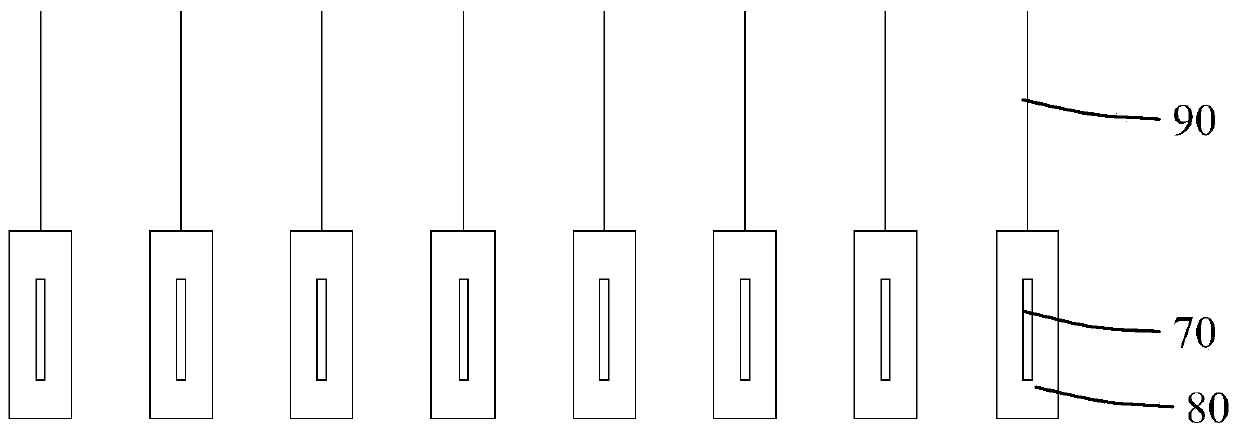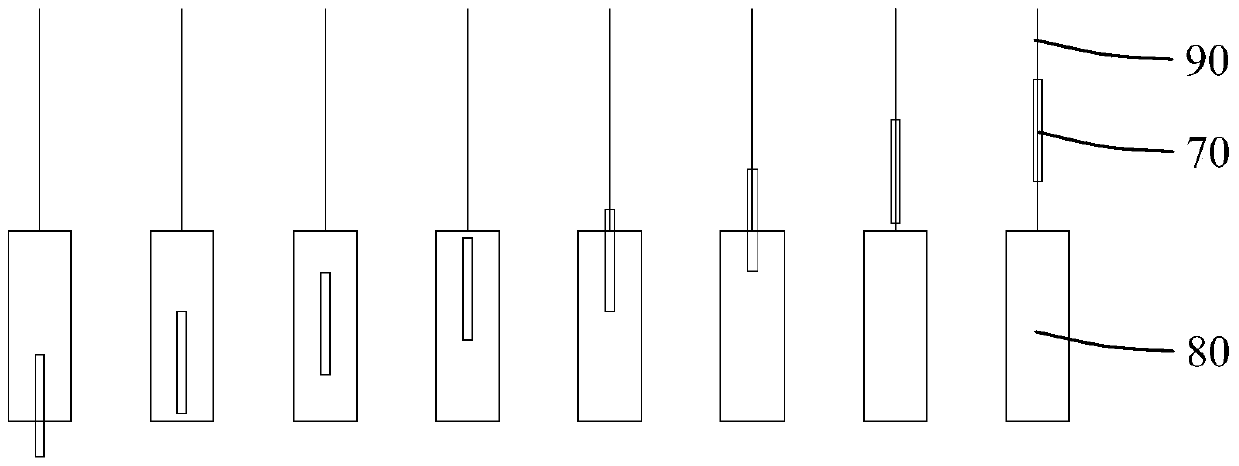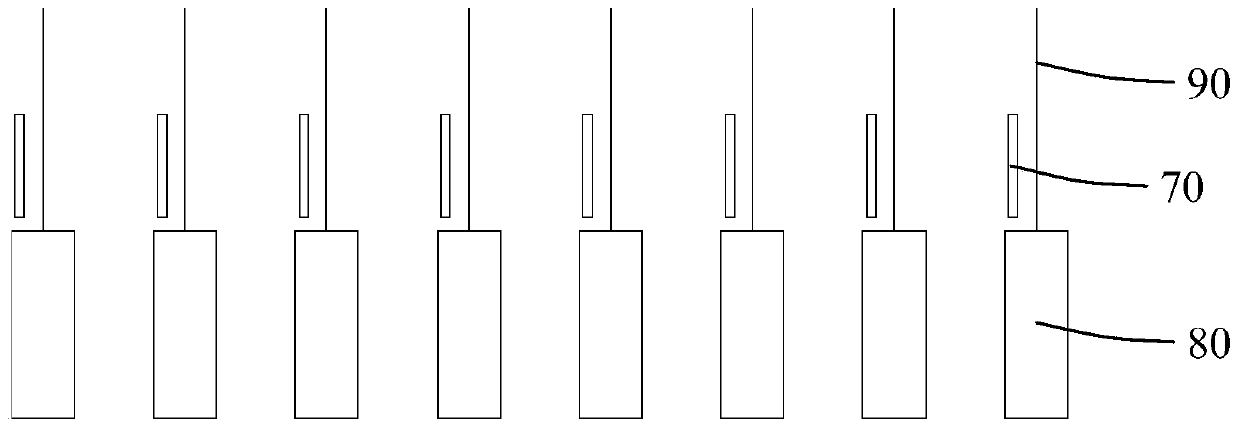Detection method of contact type ltps and pad structure used for the method
A detection method, contact technology, applied in the field of contact LTPS detection and pad structure, can solve the problems of wasting time, circuit failure, and the inability to judge product quality immediately, so as to control the measurement time and avoid heavy work Effect
- Summary
- Abstract
- Description
- Claims
- Application Information
AI Technical Summary
Problems solved by technology
Method used
Image
Examples
Embodiment Construction
[0036] In order to make the object, technical solution and advantages of the present invention clearer, the present invention will be further described in detail below in conjunction with the accompanying drawings and embodiments. It should be understood that the specific embodiments described here are only used to explain the present invention, not to limit the present invention.
[0037] Cooperate with reference Figure 5 and Figure 6 As shown, the pad structure used for contact LTPS detection in the present invention includes a plurality of pads 20 to be tested, and a first test pad 110 and a second test pad 110 are arranged in the multiple pads 20 to be tested. The bonding pad 120 , the first testing bonding pad 110 and the second testing bonding pad 120 can be arranged at any position, and the first testing bonding pad 110 is electrically connected to the second testing bonding pad 120 . A loop 40 may be formed between each of the plurality of pads 20 to be tested, the...
PUM
 Login to View More
Login to View More Abstract
Description
Claims
Application Information
 Login to View More
Login to View More - R&D
- Intellectual Property
- Life Sciences
- Materials
- Tech Scout
- Unparalleled Data Quality
- Higher Quality Content
- 60% Fewer Hallucinations
Browse by: Latest US Patents, China's latest patents, Technical Efficacy Thesaurus, Application Domain, Technology Topic, Popular Technical Reports.
© 2025 PatSnap. All rights reserved.Legal|Privacy policy|Modern Slavery Act Transparency Statement|Sitemap|About US| Contact US: help@patsnap.com



